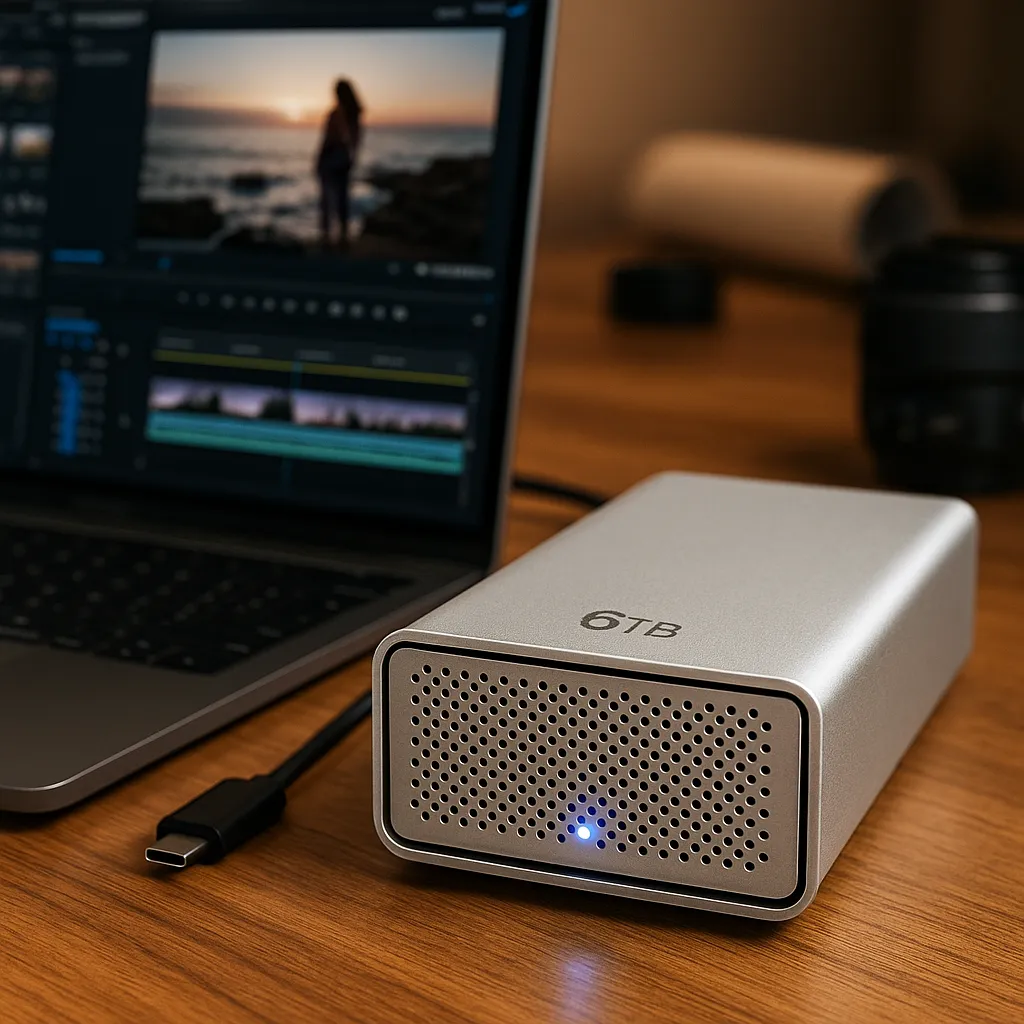Can I Add an SSD to My Laptop? (Easy Upgrade Explained)
Disclosure: This post contains affiliate links. LaptopVoyager.com participates in the Amazon Associates Program and may earn commissions on qualifying purchases, at no extra cost to you.
Last Updated: November 2025
If your laptop has been slowing down or taking forever to boot, adding an SSD is one of the simplest upgrades you can make. The speed boost is immediate ― apps open faster, files load quicker, and your whole system feels more responsive.
👉 For a quick overview of top-performing drives, check our guide on the best laptop SSD upgrades for faster performance.
🔍 Can You Add an SSD to Your Laptop?
Most modern laptops support an SSD upgrade. Some models include an extra M.2 slot for easy expansion, while older systems use a 2.5-inch bay where you can swap in a SATA SSD. Once you know what type your laptop supports, choosing the right drive becomes much easier.
If your laptop has an M.2 NVMe slot, installation is usually a simple bottom-panel removal and a single screw. Older laptops can still see a huge performance jump by replacing the original hard drive with a 2.5-inch SSD.
🔍 Why Upgrading to an SSD Is Worth It
An SSD is one of the biggest quality-of-life upgrades you can make. Boot times drop dramatically, apps feel snappy, and multitasking becomes smoother. Even mid-range and older laptops feel noticeably quicker with an SSD installed.
If you’re still on a mechanical HDD, the difference is huge. SSDs eliminate most of the waiting, freezing, and slow file access that hard drives struggle with.
🔍 How to Check Compatibility Before Upgrading
Before buying an SSD, check three simple things:
1. Your laptop’s storage slot
Common types include:
• M.2 NVMe (fastest)
• M.2 SATA
• 2.5-inch SATA
2. Whether an empty slot is available
Some laptops allow adding a second SSD; others only support replacing the current one.
3. Maximum supported size
Most laptops easily handle 1TB–2TB SSDs, but checking your model ensures a perfect match.
A quick search of your laptop model number typically reveals everything you need.
🔍 What to Expect After Installing an SSD
Once installed, the improvement is noticeable right away. Startup times shrink, apps launch faster, and file transfers feel smoother. If you’re adding a second SSD, it’s perfect for storing games, footage, photos, or large project folders without cluttering your main drive.
📌 Key Takeaways
- Many laptops support adding or replacing an SSD.
- The upgrade delivers fast and noticeable performance gains.
- Knowing your slot type helps you pick the right drive.
- A second SSD is ideal for extra storage or large files.
- An SSD can extend your laptop’s useful life.
🟢 FAQs
Q: Can I add an SSD to any laptop?
Most laptops allow replacing the main drive, and many newer models include an extra M.2 slot for expansion.
Q: Is installing an SSD difficult?
Not usually. Most laptops use a single screw to secure the SSD, and installation often takes just 10–15 minutes.
Q: Do I need to reinstall Windows?
Only if you’re replacing the main drive. Adding a second SSD requires no reinstall — just format and start using it.
Q: Will an SSD improve gaming?
Yes — it improves load times and reduces texture pop-ins, though it won’t affect FPS.
✅ Conclusion
So, can you add an SSD to your laptop? In most cases, absolutely — and it’s a simple upgrade that delivers a big improvement in speed and everyday performance. Whether you’re refreshing an older machine or expanding storage on a newer one, an SSD makes your laptop feel faster, smoother, and more reliable right away.







